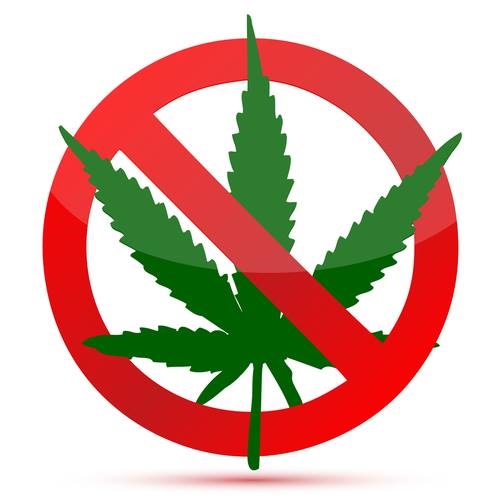Puffs Smoke Shop in Ashland, Ore., is seeking a license as a medical marijuana dispensary. (Jeff Barnard/Associated Press)
Already, 23 states allow marijuana to be prescribed for medicinal use, making it easy for proponents for broader legalization, such as the Marijuana Policy Project, to brand the drug as “harmless.” Some go further, calling it “safe” and even “healthy.”
The problem is that marijuana is not, in fact, “harmless.” Proponents are spinning the science — casting pot as a threat only if used improperly, much like a car — for the sake of advancing their political agenda. It’s fine for people to believe the government has no business conducting a “war on drugs,” but it’s something else entirely to trivialize or simply deny marijuana’s harmful effects. These dangers are real, according to a recently released comprehensive review of 20 years of scientific literature from Wayne Hall, who advises the World Health Organization on addiction and runs the University of Queensland’s Center for Youth Substance Abuse Research. And the dangers need to be dealt with.
The role of government in regulating drugs can’t be separated from what those drugs do to people. On that question, pot-libertarians have taken too many liberties — about both its medical and its recreational effects.
Proponents claim marijuana can slow or stop damage caused by glaucoma (by lowering eye pressure), but as Henry D. Jampel, professor of ophthalmology at Johns Hopkins, points out, marijuana could actually worsen the vision loss caused by glaucoma. “Although marijuana does lower the eye pressure, it also lowers blood pressure,” he notes. “Lower blood pressure could result in reduced blood supply to the optic nerve, which in turn might harm the optic nerve.”
Beyond the medical applications, legalization proponents argue that marijuana should be available for recreational use because it’s “harmless” and not addictive. But the active ingredient in marijuana, THC, is a powerful psychoactive ingredient that can cause hallucinations or delusions and interfere with the way the brain makes and stores memories. Hall’s study found that marijuana use doubles the risk of developing psychotic disorders, including schizophrenia. He also found that one in 10 adults who regularly smoke the drug become dependent on it, and those who use it are more likely to go on to use harder drugs.
His study also emphasizes the danger that marijuana use poses to teens — one in six teenagers who regularly smoke pot will become dependent. Other research backs up these warnings: A recent review of more than 120 studies found that teen marijuana use is associated with subsequent addiction to other drugs and psychosis, such as schizophrenia. And arecent study from researchers at the University of Wisconsin at Milwaukee linked regular marijuana use by teens to drops in IQ points and to memory problems.
While the states that have legalized marijuana completely have done so only for residents 21 and older, peer-reviewed research has linked heavy marijuana use with long-term memory problems and other health effectsin adults. Marijuana also poses dangers to pregnant women, with studies linking the drug to lower birth weight, impaired brain development and behavior problems in adolescents.
Edibles can contain dramatically more amounts of THC then regular smoked cannabis
And while proponents of legalization point out that it’s impossible to overdose on cannabis, that doesn’t mean there aren’t any instances of marijuana-related deaths. A handful of deaths in Denver were tied to edible marijuana use this year, not to mention the increased risk of fatal car accidents due to drivers impaired by marijuana. Hall’s study analyzed epidemiological studies and laboratory evidence from a number of researchers and concluded that driving after smoking pot approximately doubles the risk of a car crash.
Because marijuana has been illegal for decades, intensive studies are lacking and there are still many questions surrounding the safety of marijuana. Hall’s report is a meta-analysis of available research on marijuana, but much of the work on marijuana’s effects has focused on heavy, long-term users or vulnerable populations, including teenagers and pregnant women. We need more research on the effect of marijuana on casual users.
As more states move to legalize marijuana, polls indicate that Americans are growing much more accepting of marijuana use. But the growing acceptance and availability of pot, along with the misleading advertisements spread by legalization proponents, are spreading the dangerous myth that marijuana is risk-free. There are compelling reasons to change our policy toward marijuana — notably, cutting down on incarceration rates for possession. But simply ignoring the science on the negative effects of chronic (no pun intended) marijuana use does a disservice to the dialogue around marijuana.




